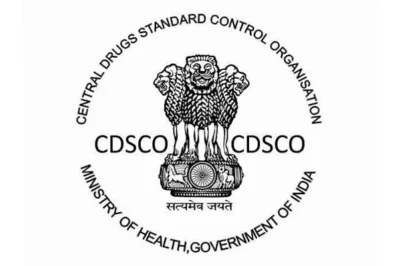Low back pain is a common issue that affects millions of people worldwide, often leading to discomfort and hindered mobility. But did you know that certain everyday activities could potentially ease this pain? While medical interventions are crucial, incorporating simple, proactive measures into your daily routine may help manage and reduce low back pain significantly. What activities do you find most effective for alleviating back pain?
Practical Tips to Alleviate Low Back Pain
Low back pain can stem from a variety of causes including poor posture, sedentary lifestyle, or even stress. Here are some simple strategies that can help mitigate this discomfort:
- Regular Stretching and Exercise: Engaging in regular physical activity such as walking, swimming, or yoga can strengthen back muscles and improve overall posture, which in turn may decrease pain. Gentle stretching, especially in the morning and evening, can also relieve tension in the lower back.
- Maintaining Proper Posture: Whether you’re sitting at a desk for school or standing for prolonged periods, maintaining good posture is crucial. Using ergonomic chairs that support the spinal curve and standing on a balanced posture can prevent undue strain on your back.
- Heat and Cold Therapy: Applying a heating pad can soothe tight muscles and increase blood flow to the lower back which helps in pain relief. Alternatively, a cold pack can reduce inflammation and numb more intense pain areas. It’s often beneficial to alternate between heat and cold therapy depending on the nature of the pain.
- Mindful Meditation: Stress can exacerbate back pain. Practices like meditation and deep-breathing exercises can help manage stress levels, potentially reducing the severity of pain experienced.
- Proper Lifting Techniques: When lifting objects, it is important to bend at the knees and lift with the legs rather than the back. This helps to avoid putting too much strain on the lower back, which is a common cause of injury and pain.
Addressing the Root Cause
While these activities can provide temporary relief, it’s essential to address the underlying causes of low back pain. This may include consulting with healthcare professionals to develop a comprehensive treatment plan that incorporates both physical and possibly medical interventions. Lifestyle changes, regular check-ups, and staying active are integral to managing and potentially overcoming low back pain.
We’re curious to hear from you! Which of the mentioned activities have you tried, and how effective have they been in managing your low back pain? Vote in our poll and join the conversation about natural ways to combat this widespread health issue.







































































Leave a Reply